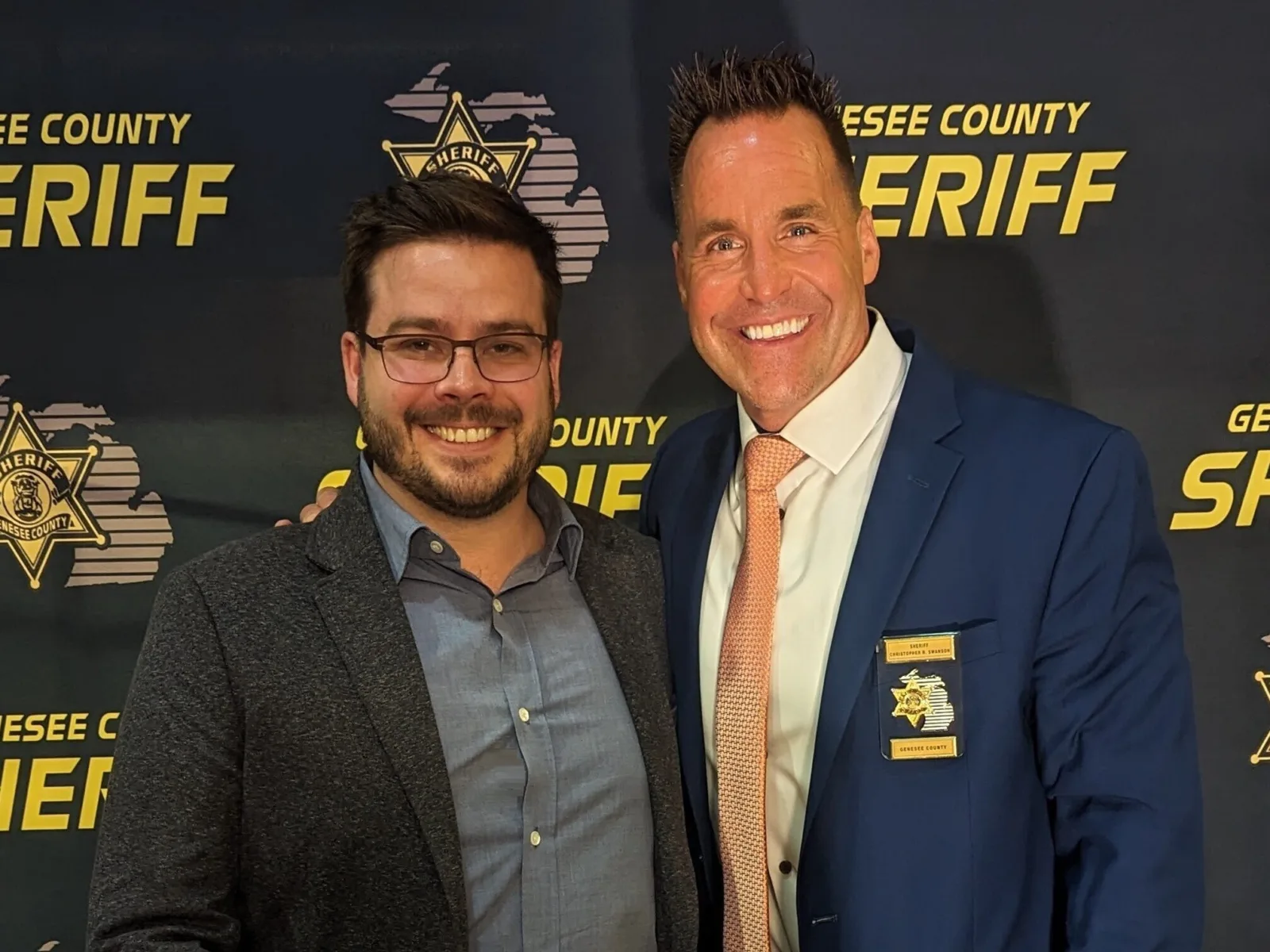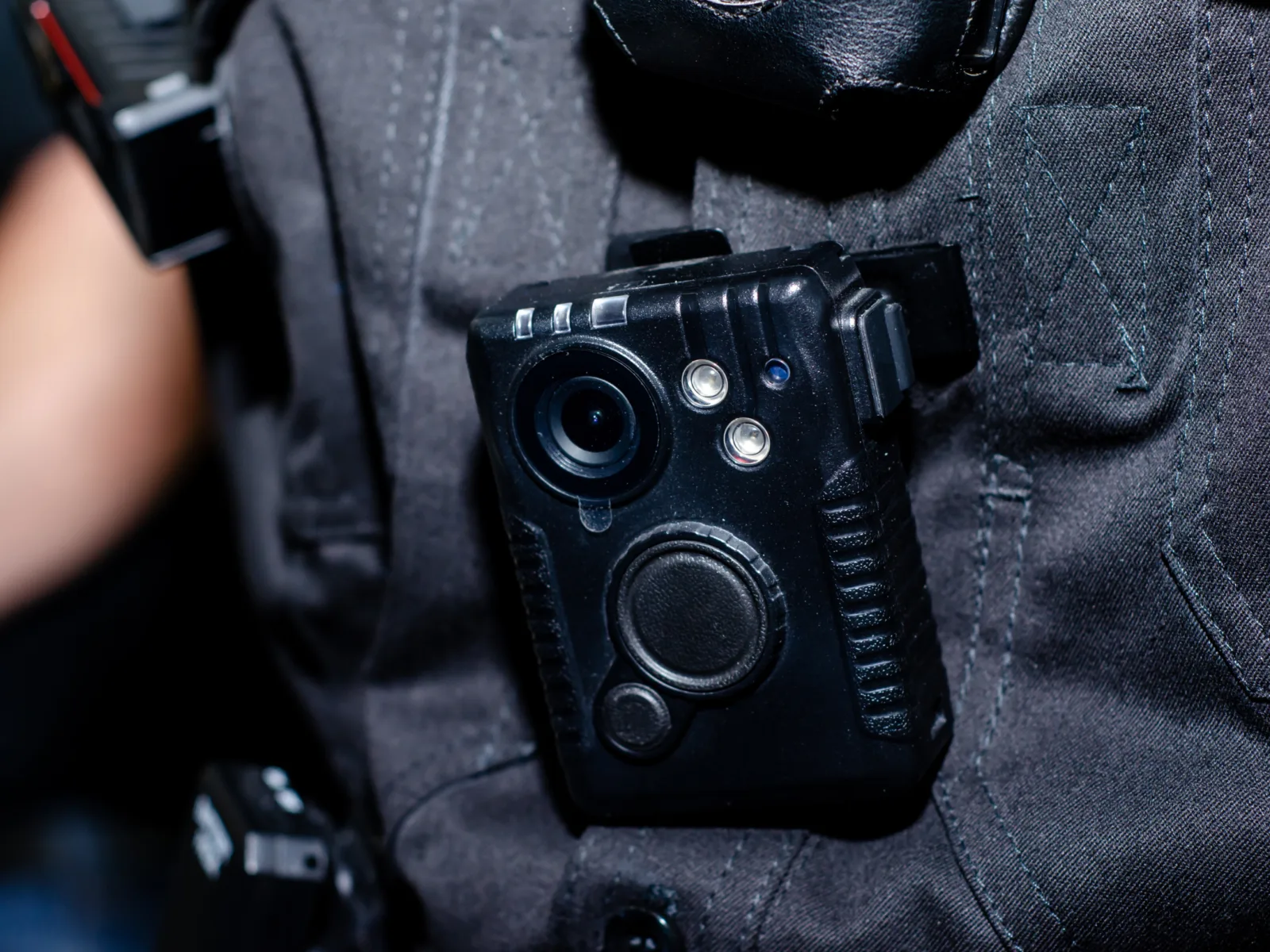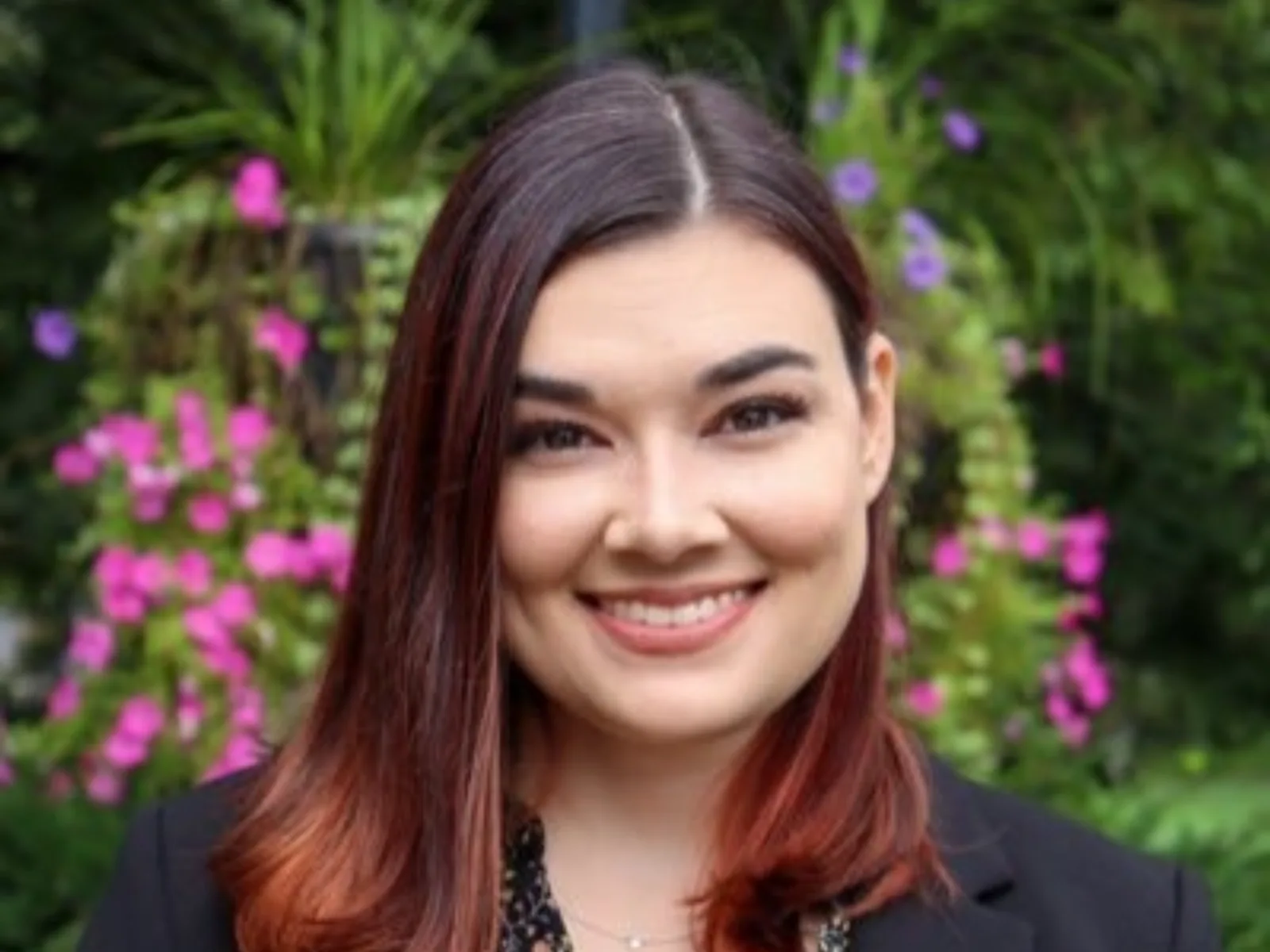A new report shows that Newark, New Jersey, is a bright light of improved public safety. Since 1990, homicides in the city have dropped by 50%. Local activists and politicians attribute this successful trend to a new model of community-based violence intervention, one that moves away from overly aggressive policing and embraces building trust between community members.
The report, “The Future of Public Safety: Exploring the Power and Possibility of Newark’s Reimagined Public Safety Ecosystem” sponsored by Equal Justice USA, the city of Newark, and the Newark Community Street Team, dissects the work done and provides a blueprint for other jurisdictions to follow. Arnold Ventures sat down with Jami Hodge, executive director of Equal Justice USA, and Will Simpson, director of violence reduction initiatives, to learn more about Newark’s success, reshaping traditional media narratives, and the future of public safety.
This interview has been edited for length and clarity.

Arnold Ventures
You just released an in-depth report on your work in Newark. What are some things you hope people take away from reading it?

Jami Hodge
To start, I feel like there’s been a lot of progress on criminal justice policies except for when it comes to violence, like bail reform, diversion, charging policies. In those categories, people are starting to do things differently. But they carve out this exception for violence. We are not going to end mass incarceration if we only focus on nonviolent offenses. Our work at EJUSA is very much rooted in addressing what drives violence, whether that’s poverty, whether that’s trauma, whether that’s isolation. The question is how do we interrupt it? How do we prevent it? And how do we support those frontline workers who are doing that incredible work every day? To me, the point of the report was to shine a light. There’s been some recognition here and there. But I think no one has ever told the story of the full public safety ecosystem that exists in Newark. It’s so different than what exists in most cities. And the goal of the report was to show this example as we are dealing with violence, particularly shootings, that has been on the rise since the pandemic.

Will Simpson
I think you’re exactly right, Jami. EJUSA has been in Newark for a while. We were able to learn from folks on the ground about what harm has looked like, what trauma has looked like, but also what healing looks like and what needs to be present before healing can happen.
I think we were able to be successful because there was already a foundation here. We had organizations that were doing the work. We had Mayor Ras Baraka, who had a vision for this ecosystem and invested in the community-based strategies that really make that ecosystem robust. We wanted to tell the story of what this work looked like for community members who were on the ground helping people recover from trauma and harm, and to be able to do that in a way where it was Newark’s story. We really want to lift up and honor the people and celebrate the people that have been doing this amazing work.

Arnold Ventures
What has your work in Newark taught you about violence reduction?

Will Simpson
One of the main things that it showed me was the resiliency within communities to heal from violence. When we see violence happen in communities, it’s some of the most heinous things that you just can’t imagine. Things that you don’t want anybody to experience. But the community has been able to respond in ways that really harness the power of healing, and harness the power of that same community. The work around this kind of community-based public safety has shown me that there have been responses to violence living within communities for generations.
The rub is that we haven’t invested in these responses. For so long we’ve just fallen back on more police or more arrests or sent people to prison longer. When we use those strategies, we’ve seen the harm that happens. On the flip side, we actually see the impact and success of the strategies that the community uses to respond to violence. When we invest in these community responses, they just begin to grow and grow. And the community itself begins to see the impact of those investments.
I’d also add that everybody has a role. Whether it’s philanthropy, whether it’s community-based organizations, everybody plays a role in what an ecosystem looks like. And I think Newark is a great example of everybody coming to the table.

Jami Hodge
I think the only thing I’ll add is that it has personally given me hope. As someone who came from working in the criminal justice system for many years, seeing up close the harm the system can cause. I think it’s really easy to be cynical, it’s really easy to think we’ll never have a different approach, especially when we think about the relationship between racial justice and criminal justice. These are hard nuts to crack. They’re not easy problems to solve. And so seeing something function and work and do the healing, and do it in such a people-centered, trauma-informed way is very inspirational to me.

Arnold Ventures
While this healing and hope has emerged, there’s still this cliché in the media, of “if it bleeds, it leads.” How do you interact with the media?

Will Simpson
We’ve got to actually see the media as part of the ecosystem, too. And we’ve got to be able to lift up what healing looks like when harm happens. We’ve got to invite media into spaces where they can see the power of that healing. We have to let folks know that there’s a role for the media to tell the story, but tell a story of a community that’s on a journey and balance out some of that negative with the positive.
We’ve got a long way to go in shifting the narrative, and not just for the media, but even for the community and for lawmakers. We are on a journey to change how people are telling the story, how they’re actually seeing the causes and the drivers of violence, and then the strategies and the solutions to get to healing.

Jami Hodge
We were aggressive about recruiting media to be present for the convening because we understand how much power the media holds. Media shapes perception and perception shapes everything else, whether that’s policy or what people are experiencing, whether it’s real or not. If people believe crime is at the highest it’s ever been then the impact of that is real, regardless of whether it’s true. We’re grateful to be having this conversation for that reason. We know we are pushing back against the huge tidal wave of traditional media, and just trying to row against it. There’s actually another way and there are other stories to tell. We just have to try to tell them.

Arnold Ventures
Have you gotten any buy-in from traditional law enforcement and political perspectives who believe that police alone should control the meaning of and solutions to public safety?

Will Simpson
Absolutely. I think most of this is possible because of the political will that has existed here in Newark — whether that’s Mayor Baraka or a City Council that voted to move 5% of the police budget to start an Office of Violence Prevention.
I think on the law enforcement side, Newark police have embraced these strategies more than most law enforcement agencies around the country. They have committed to being a part of a program where we bring community and law enforcement together in a room to really explore and examine those kinds of underpinnings of racist policies — practices that kind of have driven policing for a long time and that don’t lead to safe communities.

Arnold Ventures
You just held a two-day convening to spotlight the report. What were some highlights?

Will Simpson
On the first day, I think we had maybe 55 people registered and we ended up running out of food with 75 attendees. The word got out that this conversation was happening with the community and for the community, so it was like some juicy rich content. I think one of the most powerful moments of day one was hearing from our young people. It was powerful to hear their perspective as young residents of the city of Newark and their experiences with harm and trauma, and some had experienced healing.

Jami Hodge
We were intentional about the day one and day two distinction. While we wanted to tell the story of Newark, we wanted to engage media, we wanted very intentionally to engage funders because these organizations don’t exist without being resourced and bringing some national funders into the space. We also wanted to make sure that this report serves the community who is doing the work every day.
The first day was essentially a “family meeting” with the Newark partners working on the ground. We had a conversation about what is working and what are the gaps to make sure the ecosystem continues to improve. And then the second day was public facing. The media was invited, funders were invited, and we live-streamed so that partners from across the country could tune in and watch.

Arnold Ventures
How do you build upon your success in Newark?

Jami Hodge
I feel like part of why I’m here at EJUSA is to take what is working beautifully and get more of it out in the world. There are so many other cities who need to know that what’s happening in Newark is possible. We are in strategic planning now with an eye towards how we take some of the pieces of our work and move them to scale and get them to broader impact. There’s hard leg work that happens before both the community and a police department are ready to engage in these pretty difficult, yet fruitful and important conversations. We’re now working in Baton Rouge. And that’s the next place where we’re trying to do this deeper work.
Telling the stories is the other piece. Being able to tap into and elevate the voices of those who are most impacted, who know what they need for healing, who know what they need for safety, who can define safety for their neighborhood. That’s how we’re going to get different policies, different leaders elected, different laws implemented, and certainly different resources allocated.

Will Simpson
I think the story of Newark isn’t done yet. This ecosystem is built out now and it isn’t perfect yet. I don’t know if we’ll get to perfect. But I think folks and community organizations and system actors are committed to working together. So we’re taking everything we’ve learned and we’re sharing it back with the Newark community.






















